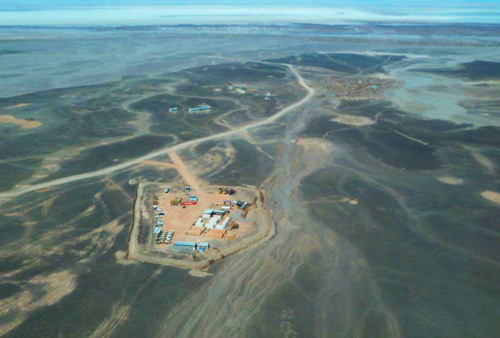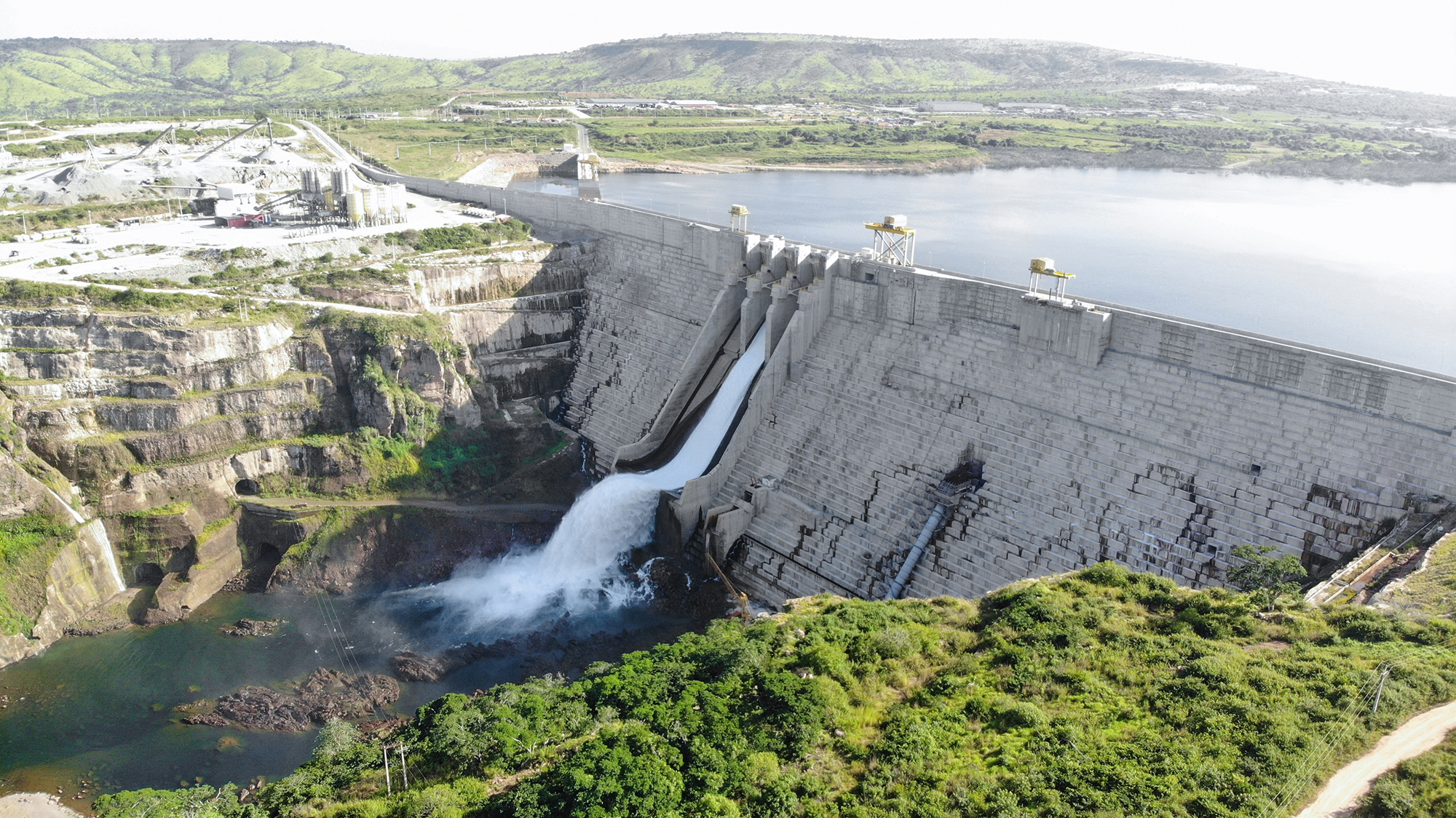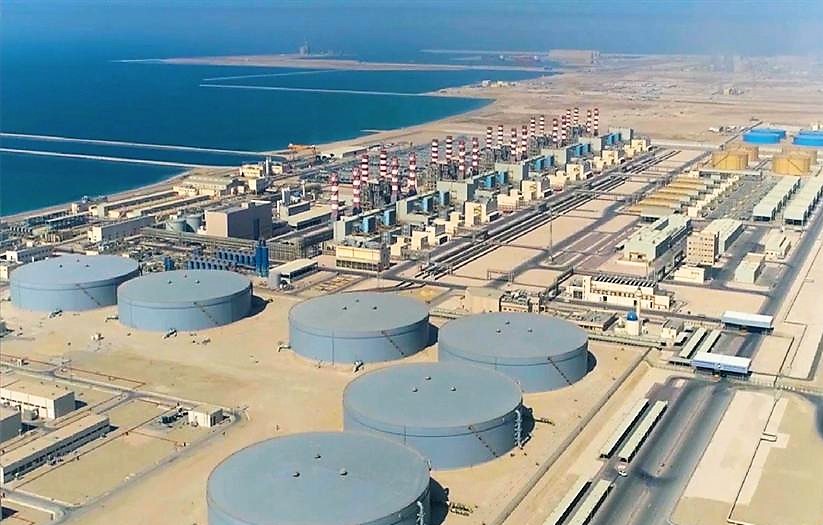
The first several months of 2012 were optimistic times for the potash industry, with a recent acceleration in world demand for the product showing no initial signs of wavering. What we now know is that a number of combining factors in the latter half of 2012 would conspire to negatively impact upon the potash market.
“From an external perspective,” explains senior vice president of corporate development, Richard Kelertas, “I believe the biggest contributing factors to the decline in demand for potash were a series of environmental issues caused by both severe drought and major flooding disasters across the planet. Around the same time, India, traditionally a major potash buyer, decided to scale back its buying commitments in the aftermath of the government reducing various farming subsidies.”
The reduction of these subsidies meant that said farmers began turning to urea and phosphate fertilisers as an alternative to potash, which is misplaced because there are no substitutes for this critical nutrient. Given this tumultuous backdrop, it comes as little surprise that by the turn of the year the market valuations for the vast majority of junior, and even some senior potash producers had fallen considerably.
Fortunately, the first weeks of 2013 saw the potash industry welcome several positive developments, one of which was the release of the results from Allana Potash’s feasibility study from its flagship Danakhil Potash Project, in the first week of February. This study was prepared by Ercosplan Ingenieurgesellschaft Geotechnik und Bergbau (ERCOSPLAN). The technical report, prepared in accordance with National Instrument 43-101 with respect to the feasibility study and the mineral resource and reserve estimates forming the basis of the report is available under Allana Potash Corp’s profile on SEDAR, confirms the project as being one of the few economically viable greenfield potash developments in the world.
The feasibility study and the mineral resource and reserve estimates were completed by ERCOSPLAN under the supervision of Dr. Henry Rauche, PhD, EurGeol, Managing Director, CEO ERCOSPLAN and Dr. Sebastiaan van der Klauw, Ph.D., EurGeol, Consulting Geologist, ERCOSPLAN who are both independent Qualified Persons for the purposes of National Instrument 43-101.
The feasibility study itself was based on commercial operations that produce one million tonnes per year of a standard grade muriate of potash, or MOP, product over an initial estimated operating life of approximately 25 years from sylvinite reserves at Allana's Danakhil Project. The study yielded, on an unlevered basis, an after-tax Internal Rate of Return (IRR) of 33 percent and an after-tax net present value (NPV) of $ 1.32 billion based on a ten percent discount rate.
The feasibility estimates include all infrastructure required to operate a potash solution mine and bring the product to market. This includes cavern and wellfield installation, a three stage processing plant, product storage facilities, load out, trucking fleet and the necessary port storage facilities.
Even with current potash market realities driving the lower potash price forecast of $430 per tonne used in the study, the favourable total production CAPEX of about $579 million and port and transport CAPEX of $63 million make this project one of the lowest cost and potentially highest return greenfield potash projects worldwide. Similarly, the very competitive production OPEX at $69.25 per tonne, within a total, loaded-on-ship, OPEX of $98.75 per tonne FOB, is among one of the lowest greenfield potash projects currently under development.
ERCOSPLAN modelled the production of one million tonnes of MOP from just the sylvinite zone on the project, excluding future potential production from the extensive carnallite and sulphate-based kainite resources. The feasibility study’s extremely positive results have understandably given Allana Potash great confidence in advancing its project to development and securing project finance and off take agreements.
Aside from Allana Potash’s own exciting developments, Kelertas is also able to point to several other recent events that are helping bring some much needed confidence back to the sector. “In recent months we have seen one or two significant contracts being signed by the Chinese, Brazilians and Indians. Inventory levels of potash have come down somewhat as well and shipment levels are now rising.”
As the industry continues to firm up steadily, Allana Potash finds itself ideally positioned with enough resource on its property to advance from its one million tonne production target for mid-to-late 2017, to between two and three million tonnes per year thereafter should conditions remain in its favour. Allana also has the possibility of producing SOP (sulphate of potash), which is a premium priced product compared to NOP (nitrate of potash), the standard fertiliser that most of the world uses. It should be noted however that Allana’s ability to expand production beyond one million tonnes per year has not been the subject of a feasibility study as yet and there is no certainty that the proposed expansion will be economically viable.
“In the grand scheme of things,” Kelertas enthuses, “we are very happy with where we stand today with our business model and strategy. Indeed, if you look at various other operations across the world, we compare extremely well with any project currently being undertaken, even the numerous established brownfield expansions.”
Nevertheless, it is the company’s aim right now not to get too far ahead of itself. “What we are currently looking at,” Kelertas says, “is making sure we have all of our financing in place before then proceeding to actually getting out into the field and putting that first shovel in the ground.”
When asked what the long term future might hold for the company, it is clear that while it does aim to grow at a comfortable place, Allana Potash does have a number of ideas about where it might be in five-to-ten years’ time.
“One of the things we must continue to examine on an on-going basis,” Kelertas states, “is the potential for us to upgrade our production levels. Further down the road there is also the possibility that the project could move away from its dependency on diesel and fuel oil, possibly onto solar, geothermal or wind power, making it a totally green operation.”
As of the end of January 2013, it was estimated that the company retained over $28 million in capital in the bank (and no debt), with between $15 million and $20 million predicted to remain when it commences its pre-construction phase. “One of the things that really differentiates us from our competitors is that we have the financial security required to keep the lights on, so to speak,” Kelertas concludes. “This stands us in good stead as we now embark on getting that first shovel in the ground, before commencing with construction, which we plan to have underway by the end of 2013.”
Written by Will Daynes, research by Marcus Lewis



 AllanaPotash-Africa-Mining-May13-Bro-s_0.pdf
AllanaPotash-Africa-Mining-May13-Bro-s_0.pdf









